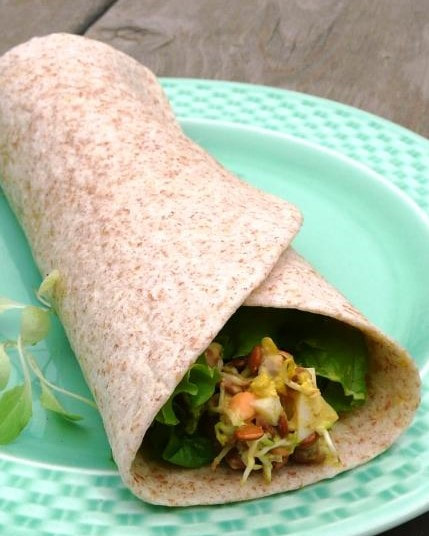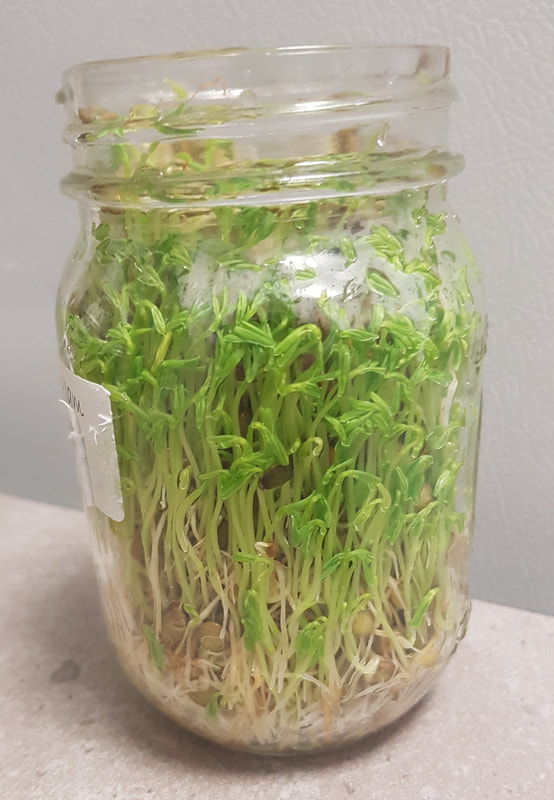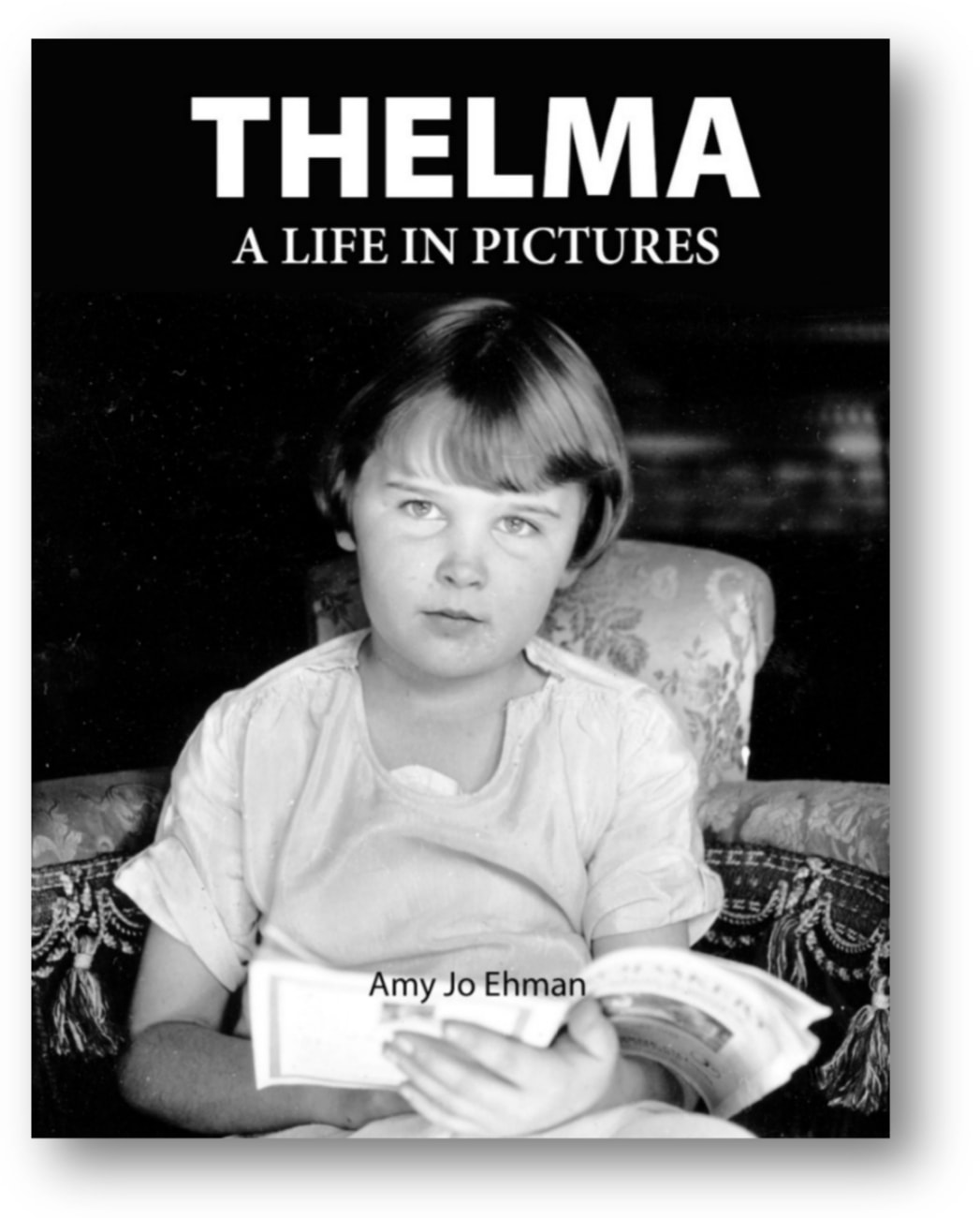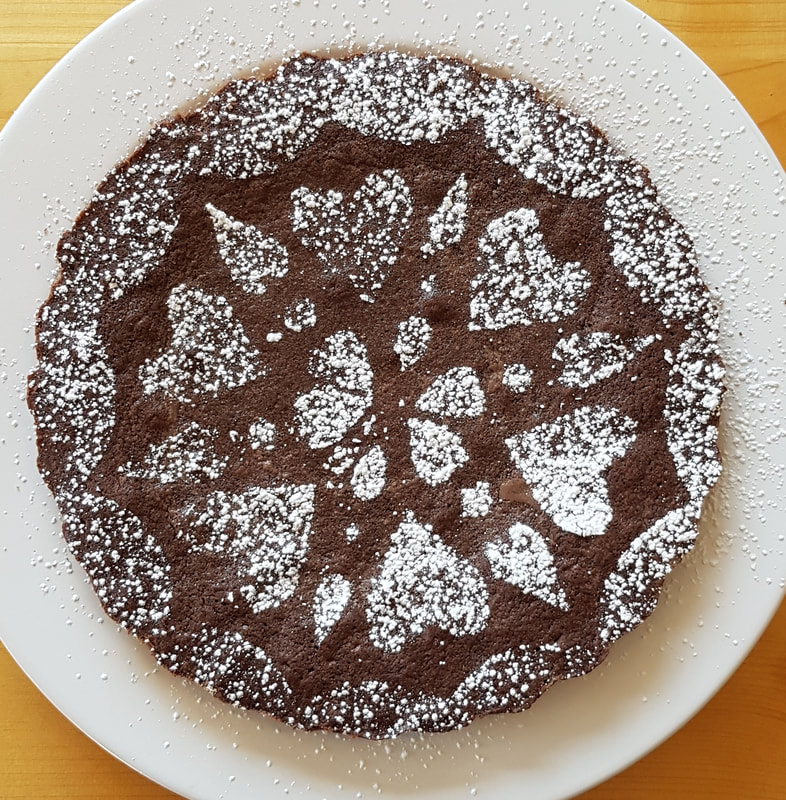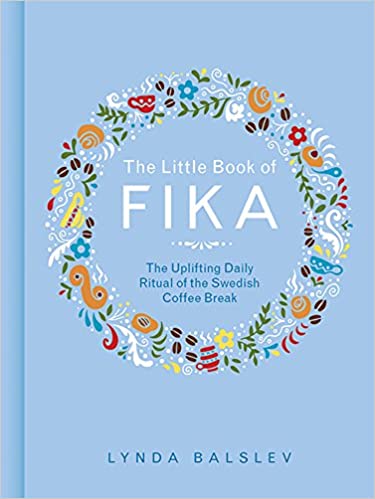Several years ago, when I was writing a food column in the Star-Phoenix, I was invited to take part in a Food Bank Challenge. Each of us was given a regular food hamper to live on for a week. To be honest, it wasn't great food. Old white bread, cheap "no name" garlic sausage, plain yogurt with a broken seal. Food I would never buy myself. I'm big on quality ingredients from local sources, and this hamper was not that. Except...
There was a container of Saskatchewan lentils.
Those lentils were my lifesaver. The first thing I did was start sprouts. It takes 5 days to get edible sprouts, so there was no time to waste. They were my vegetable. The green in my sandwich. The crunch in egg salad. The fresh in the bland. The grand in finale.
While waiting for my sprouts, I discovered another great use for lentils I had never tried before. Spaghetti Bolognese but instead of using ground meat, I used lentils smashed up with a potato masher. It was delicious.
I know a lot of folks had a hard time with the Food Bank Challenge, especially those with children at home. There were no easy convenience foods, nothing quick or pre-prepared. I survived the challenge because a) I like to cook from scratch and b) I like lentils.
There was a container of Saskatchewan lentils.
Those lentils were my lifesaver. The first thing I did was start sprouts. It takes 5 days to get edible sprouts, so there was no time to waste. They were my vegetable. The green in my sandwich. The crunch in egg salad. The fresh in the bland. The grand in finale.
While waiting for my sprouts, I discovered another great use for lentils I had never tried before. Spaghetti Bolognese but instead of using ground meat, I used lentils smashed up with a potato masher. It was delicious.
I know a lot of folks had a hard time with the Food Bank Challenge, especially those with children at home. There were no easy convenience foods, nothing quick or pre-prepared. I survived the challenge because a) I like to cook from scratch and b) I like lentils.
Sprouting is easy. Here's how:
1. Put 2 - 4 tablespoons of lentils in a jar. 2 tbsp in a small jar, 4 tbsp in a big pickle jar.
2. Cover with water and soak for an hour or two. Pour off the water.
3. Every day, cover the sprouts with water, give them a shake and drain. By day 5, you'll have edible sprouts.
The lentils will be soft enough to eat and the sprouts will be fresh and crunchy. A bit of welcome green growing on the counter or the windowsill on a frosty winter's day. After 7 days I put them in the fridge. Try it!!
1. Put 2 - 4 tablespoons of lentils in a jar. 2 tbsp in a small jar, 4 tbsp in a big pickle jar.
2. Cover with water and soak for an hour or two. Pour off the water.
3. Every day, cover the sprouts with water, give them a shake and drain. By day 5, you'll have edible sprouts.
The lentils will be soft enough to eat and the sprouts will be fresh and crunchy. A bit of welcome green growing on the counter or the windowsill on a frosty winter's day. After 7 days I put them in the fridge. Try it!!
